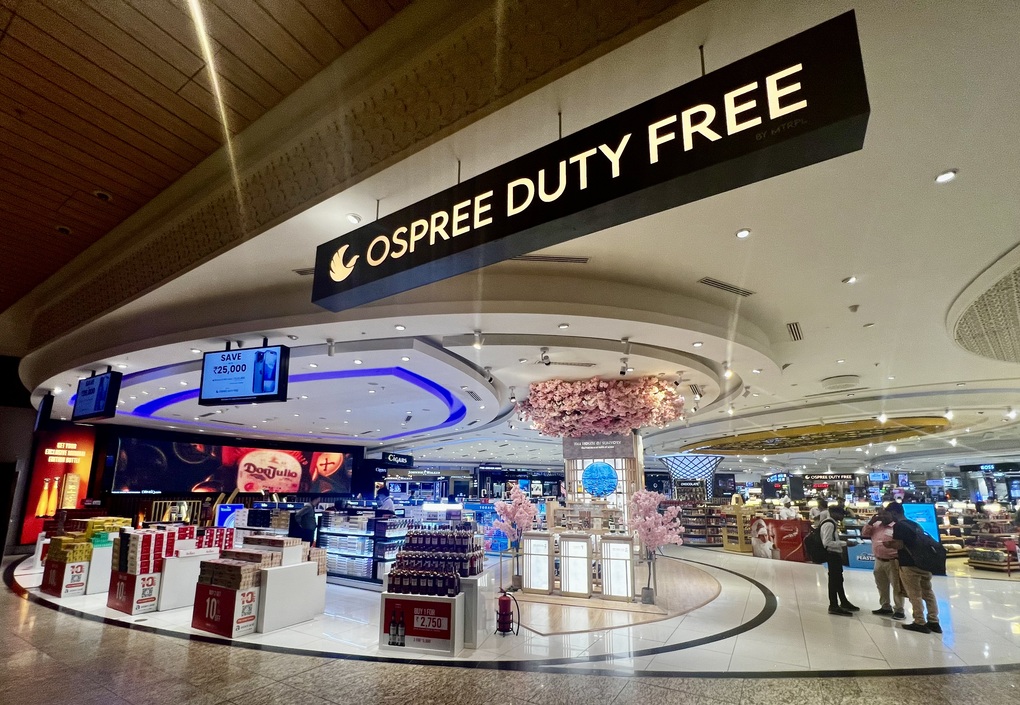INTERNATIONAL. The International Air Transport Association (IATA) has downgraded its 2019 outlook for the global air transport industry to a US$28 billion profit. The organisation had forecasted a US$35.5 billion profit as recently as December 2018.
The revised figure would represent a decline on 2018 net post-tax profits, which IATA estimates at US$30 billion.
The business environment for airlines has deteriorated with rising fuel prices and a substantial weakening of world trade, IATA noted.

In 2019 overall costs are expected to grow by 7.4%, outpacing a 6.5% rise in revenues. As a result, net margins are expected to be squeezed to 3.2% (from 3.7% in 2018). Profit per passenger will similarly decline to US$6.12, from US$6.85 in 2018.
“This year will be the tenth consecutive year in the black for the airline industry. But margins are being squeezed by rising costs right across the board – including labour, fuel, and infrastructure,” said IATA Director General and CEO Alexandre de Juniac.
“Stiff competition among airlines keeps yields from rising. Weakening of global trade is likely to continue as the US-China trade war intensifies. This primarily impacts the cargo business, but passenger traffic could also be impacted as tensions rise. Airlines will still turn a profit this year, but there is no easy money to be made.”

In 2019, the return on invested capital earned from airlines is expected to be 7.4%, IATA said, which is down from 7.9% in 2018. Although this still exceeds the average cost of capital (estimated at 7.3%), IATA noted that “the buffer is extremely thin”. The organisation stated: “Moreover, the job of spreading financial resilience throughout the industry is only half complete with a major gap in profitability between the performance of airlines in North America, Europe and Asia Pacific and the performance of those in Africa, Latin America and the Middle East.”
de Juniac added: “The good news is that airlines have broken the boom-and-bust cycle. A downturn in the trading environment no longer plunges the industry into a deep crisis. But under current circumstances, the great achievement of the industry – creating value for investors with normal levels of profitability is at risk. Airlines will still create value for investors in 2019 with above cost-of-capital returns, but only just.”
Passenger demand growth is expected to remain robust, according to IATA. This is because global GDP growth is expected to remain relatively strong at 2.7%, albeit slower than in 2018 (3.1%).

“Governments and central banks have responded to slower economic growth with more supportive policies, which is providing an offset to trade weakness,” IATA said. “But economic growth and household incomes will still grow more slowly, so total passenger demand, measured in revenue passenger kilometres, is expected to grow by 5.0% (down from 7.4% in 2018). Airlines have responded to the slower growth environment by trimming capacity expansion to 4.7% (ASKs).”
Total passenger numbers are expected to rise to 4.6 billion (up from 4.4 billion in 2018). Passenger yields are expected to remain flat in 2019 after a 2.1% fall in 2018.
Regional variation
A reduction in profitability in all regions is expected, with the exception of North America and Latin America. Regional differences are significant, IATA noted.
According to the association, North American carriers will deliver the strongest financial performance with a US$15 billion post tax profit, up from US$14.5 billion in 2018. That represents a net profit of US$14.77 per passenger, which is a marked improvement from US$2.3 in 2012. Net margins, forecast at 5.5%, are down from 2018 levels due to higher than expected fuel costs and slowing growth.

“The limited downside in this region has been underpinned by consolidation, helping to sustain load factors above 65%, and ancillaries, which limit the impact of higher fuel costs, keeping breakeven load factors to 59.5%,” IATA said.
European airlines will deliver a net profit of US$8.1 billion, down from US$9.4 billion in 2018. That represents a net profit per passenger of US$6.75 and a net margin of 3.7%. Both are the second strongest industry results, but below what North American carriers earn.
“Breakeven load factors are the highest at 70.2%, caused by low yields due to the highly competitive open aviation area, high regulatory costs, and inefficient infrastructure,” IATA said. “In 2019, for example, en route air traffic management delays doubled to 19.1 million minutes. Europe also is one of the more exposed regions to weak international trade and this has damaged prospects this year.”
Asia Pacific airlines will deliver a net profit of US$6.0 billion, down from US$7.7 billion in 2018, IATA said. That represents a net profit per passenger of US$3.51 and a net margin of 2.3%.

“The region is showing very diverse performance,” IATA noted. “Accounting for about 40% of global air cargo traffic makes the region the most exposed to weakness in world trade, and that, combined with higher fuel costs, is squeezing the regions’ profits.”
Middle Eastern airlines will deliver a combined net loss of US$1.1 billion, which is slightly worse than the US$1.0 billion loss in 2018). That equates to a US$5.01 loss per passenger and a negative net margin (-1.9%).
“The region has faced substantial challenges in recent years, both to the business environment and to business models,” IATA said. “Airlines there are going through a process of adjustment and announced schedules point to a substantial slowdown in capacity growth in 2019. Performance is now improving but the worsening in the business environment is expected to prolong losses in 2019.”
Latin American airlines will deliver a net profit of US$0.2 billion. This reflects a moderate improvement from the US$0.5 billion loss in 2018, as the recovery of the Brazilian economy is offsetting higher oil prices. With a US$0.50 profit per passenger, the region’s net margin is expected to be a thin 0.4%.

African airlines will deliver a US$0.1 billion loss, which is unchanged from 2018, continuing a weak trend into its fourth year. Each passenger carried is expected to cost the carriers US$1.54, leading to a -1.0% net margin.
“Breakeven load factors are relatively low, as yields are a little higher than average and costs are lower,” IATA said. “However, few airlines in the region are able to achieve adequate load factors, which averaged the lowest globally at 60.7% in 2018. Overall, industry performance is improving, but only slowly.”
de Juniac concluded: “Aviation is the business of freedom. For 4.6 billion travellers it is their freedom to explore, build business, or reunite with friends and family. The economic benefit of this is 65 million jobs and a US$2.7 trillion boost to the global economy.
“Aviation is growing responsibly to meet this demand. From 2020, for example, the industry will achieve carbon-neutral growth. And that is on the way to the much more ambitious goal of cutting emissions to half 2005 levels by 2050. We are determined to deliver sustainable global connectivity through aviation.”











